A basement should be kept dry and well ventilated if homeowners want this space in their home to be more useful and safer for their families. The problem is that basements tend to be one of the most neglected parts of a home. It’s no wonder why many basements are wet and dirty, leaving terrible smells.
With this in mind, you should know the different signs of moisture in basements. That way, you can keep basement dry, which is vital for a solid home foundation for years to come. Some water damage signs are obvious, while others are subtle.
Signs you Need to Waterproof your Basement
Regardless how hard they are to detect, preventing them from causing considerable distress to your home means catching and stopping them in their tracks. Be on the lookout for these signs:
01. Water in Your Basement
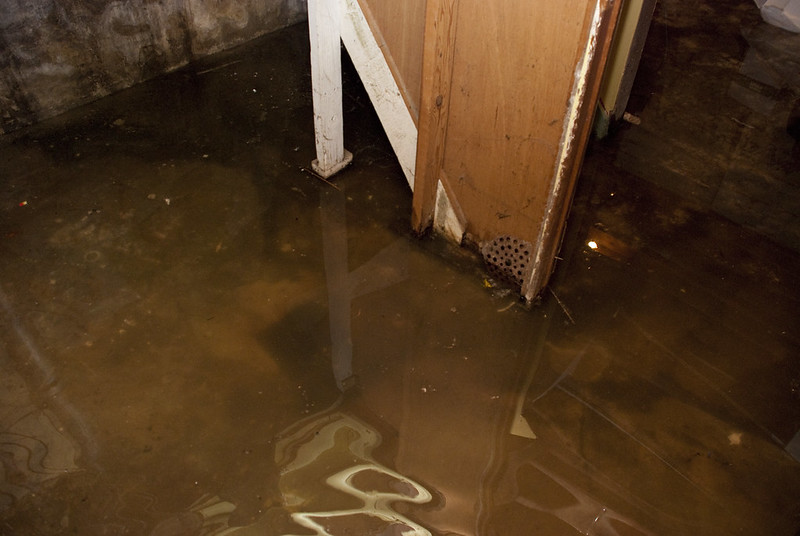
There’s no more evident sign that you need to waterproof your basement than finding water inside. It doesn’t matter if you only see wet spots on the walls or see puddles on your floor while decluttering your basement; the seepage could get worse and lead to notable damage if not addressed as soon as possible.
Apart from water that seeps into your basement from outside, condensation from uninsulated appliances or pipes can sometimes be the source of moisture. Regardless where the water is coming from, wet spots mean it’s time for an inspection and maybe waterproofing, too.
02. Paint Peeling off from Basement Walls
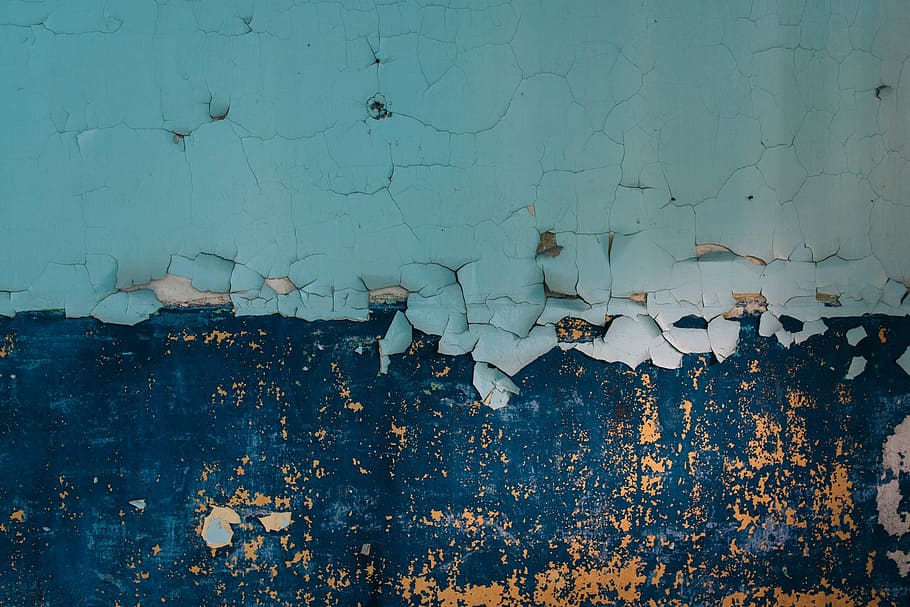
Excess moisture is one top cause of paint in your basement walls flaking. That’s because wet walls weaken the paint’s adhesion. This eventually results in the paint peeling off on basement walls.
The water that causes the paint to lose adhesion could be seeping through the floor’s foundation because of a leak in the gutters and downspouts, as well as landscaping that do not divert water from the basement foundations. Another potential reason for peeling paint is leaking or sweating pipes.
The cost of finishing a home’s foundation can reach up to USD$80,000. That’s why peeling paint is the last thing you’d want to see inside your basement. To diagnose and fix the issue, you should seek help from a professional basement repair service provider.
03. White or Chalky Stains
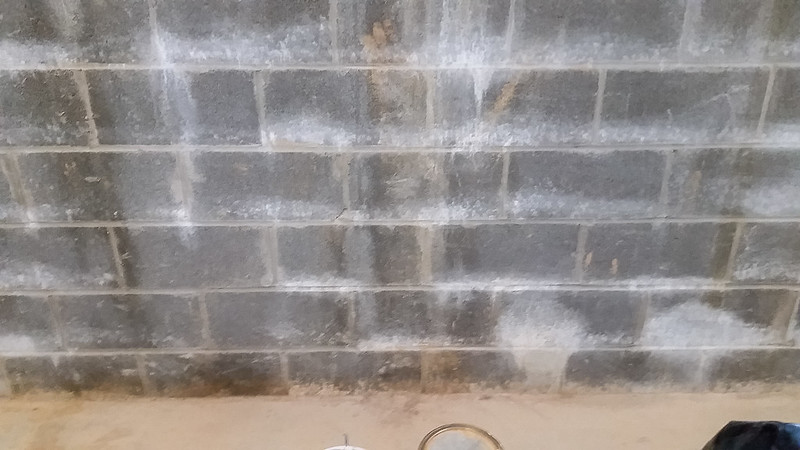
White, chalky stains can be seen on the walls and floors of a concrete basement when water evaporates and leaves behind different minerals. Despite sounding attractive, efflorescence actually can be a sign of excess moisture moving through your basement walls or floor. Simply put, these white, chalky stains indicate water damage.
The good news is that it’s relatively easy to remove efflorescence on various surfaces. You’ll also be glad to know that it isn’t harmful. However, you should deal with the water problem’s source so the stains don’t keep coming back.
04. Cracked Basement Floor or Walls
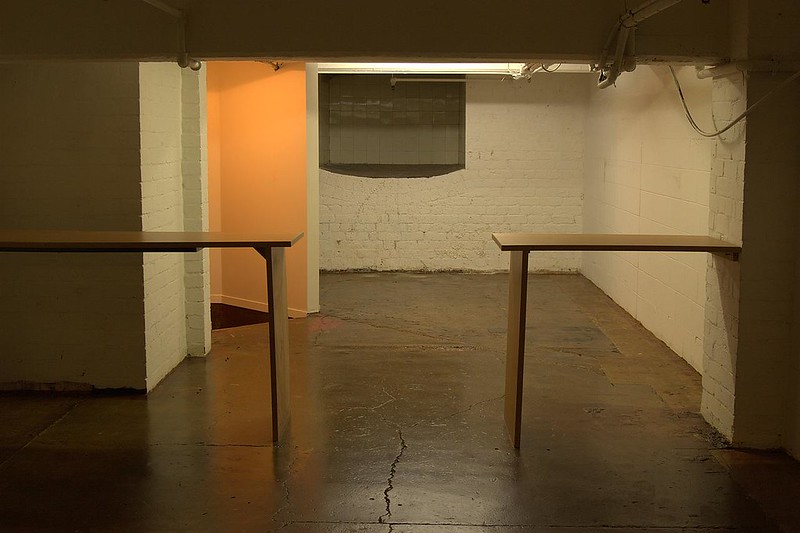
The process of house settling isn’t a big deal in most cases. However, it can sometimes cause cracks in some pipes running through a house’s foundation. When that happens, water can get into your basement through leaks. This will eventually result in cracks in the foundation itself.

Basement cracks generally begin as tiny, hairline breaks that expand over time due to hydrostatic pressure. That’s why if you discover cracks, no matter how small, don’t hesitate to contact a reliable basement waterproofing company right away. Always keep in mind that sealing a break in your foundation while it’s small saves a significant overhaul. It won’t only keep out water but also prevent your home’s structural integrity from getting compromised. Aside from addressing cracks early, ask the service provider to check your drainage so water could be rerouted away from your basement.
05. Mildew and Mold Growth in Basement
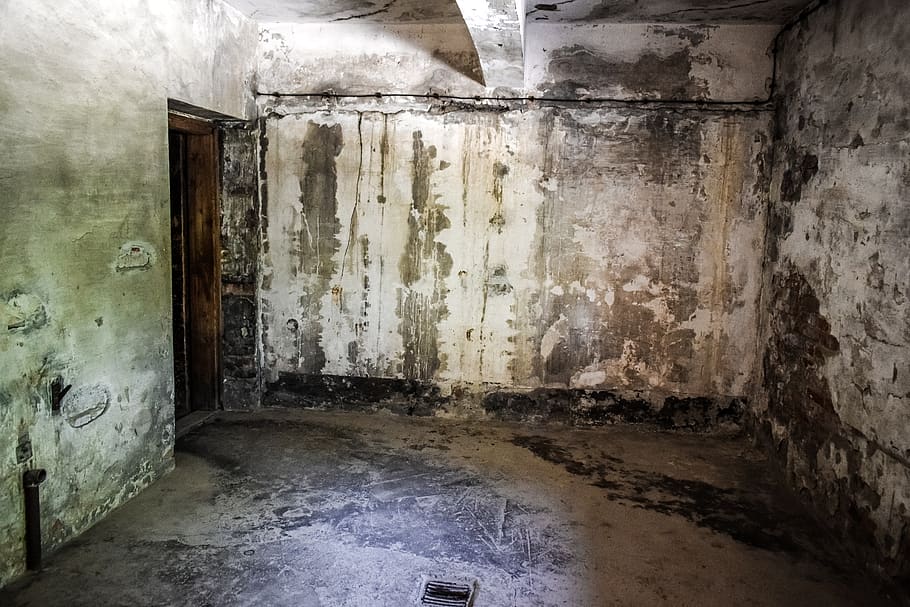
There’s an increased risk of mold growing inside your basement when water seeps through your foundation’s cracks. It’s actually one of the most obvious indications of water damage. You might notice mold stains in the ceiling and walls and even in carpeting, furniture, or other items stored in the basement. Keep in mind that mold can appear in various colors, shapes, and sizes.
Water is necessary for mold’s survival. That’s why these pesky organisms are certainly a telltale sign of water or excess moisture inside your basement. If left alone, an excessive buildup of mold and mildew can cause health problems, not only for your family but also for your pets at home. That’s why it’s recommended that you invest in basement waterproofing, especially when remodeling your basement, to get rid of mold for good.
06. A Musty Odour and Damp Air

Some basements are notoriously damp and musty. The leading cause of the unexplained musty odours and high humidity is mold growth due to water leaks and foundation cracks.
A musty odour in basements can be perceived as good news for homeowners, though, because mold and mildew love lurking in places or areas that make them impossible to see. Some of them even hide behind drywall. So if you can’t pinpoint the location or cause of foul odour within your basement, it’s time to call a trusted plumber to address the problem right away. Improvements will include adding ventilation systems and waterproofing the basement to get rid of mold and prevent the organisms from returning.
07. Pests in Your Basement
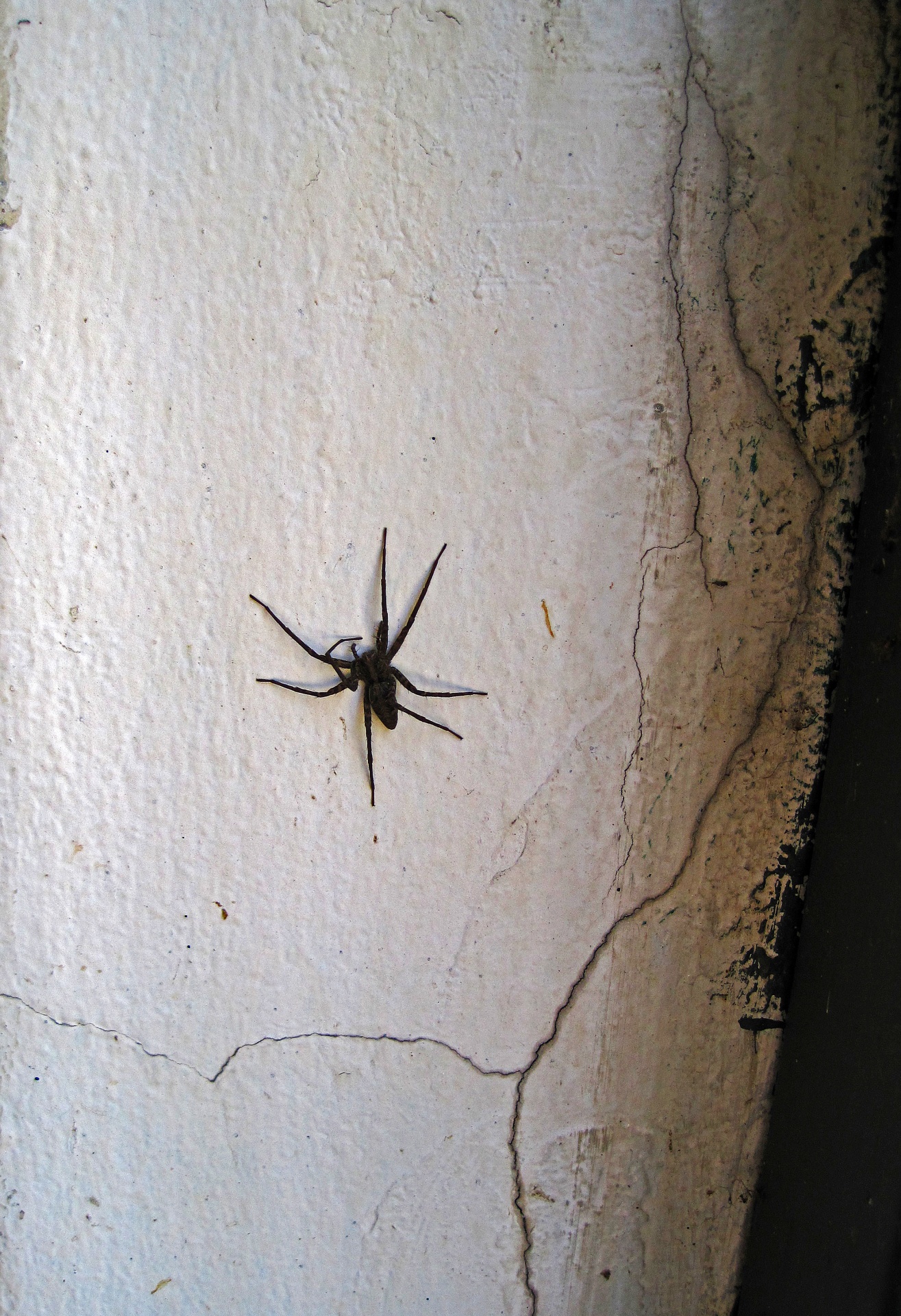
Mold and mildew aren’t the only organisms that can thrive in your basement due to water damage. Insects could grow there too.
Finding a significant swarm of bugs inside your basement may be a sign of leaky pipes and pooling water. That’s because many insect varieties are drawn to extreme moisture. They include crickets, cockroaches, spiders, ants, and even rats. A growing infestation of critters will leave homeowners in need of basement waterproofing.
08. Wood Rot in Basement
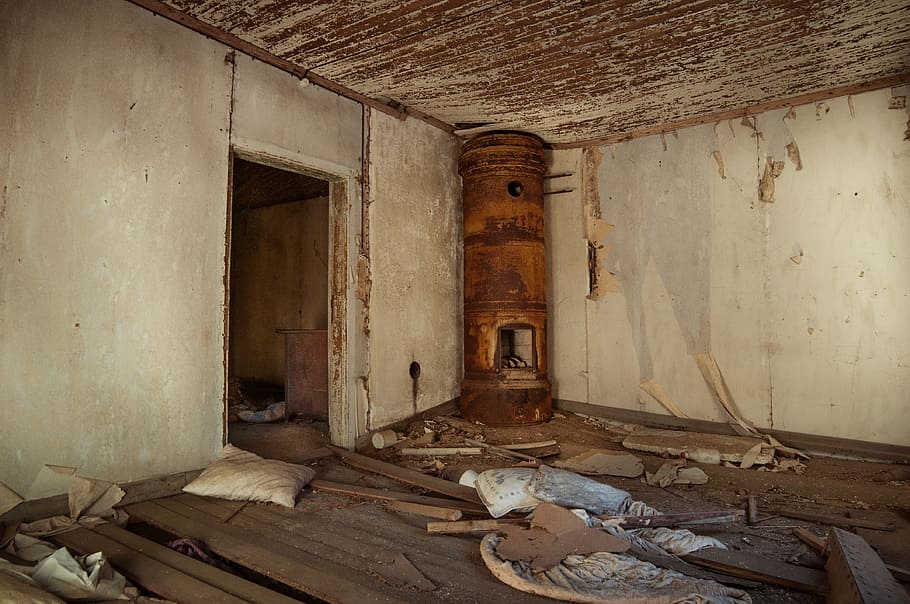
If your wooden door frames and staircase, start to show wood rot, you’re certainly dealing with water damage. Wood rots occur when wooden items have a moisture content of more than 20%. The high moisture content usually results when condensation or water vapor form on the surfaces.
The problem with wood rot is that it may spread widely, causing structural damage to any home, such as uneven or bouncy floors above the basement.
Final Thoughts
Your head may be spinning right now after reading through all the different signs telling you to waterproof your basement. You’ve probably also found out that these issues overlap with one another after inspecting your home’s foundation.
The truth is that your basement may have a mold problem and a peeling paint problem at the same time. It only means that every foundation is different, and there’s no one-size-fits-all waterproofing solution available. That’s why, as much as possible, homeowners have to work with experts that can deliver a tailor-made solution to the basement issues they’re experiencing.
And if you are in serious trouble due to water or flood in your basement, you may follow the tips given in the link below & you can thank us later.
